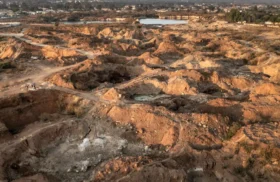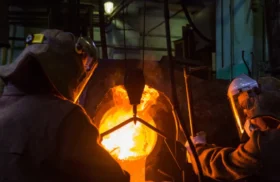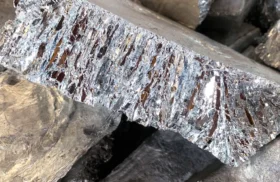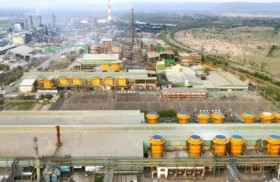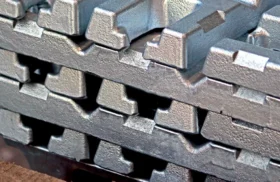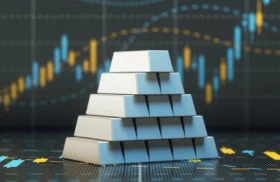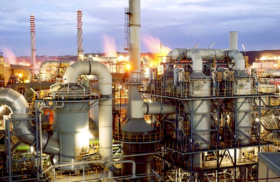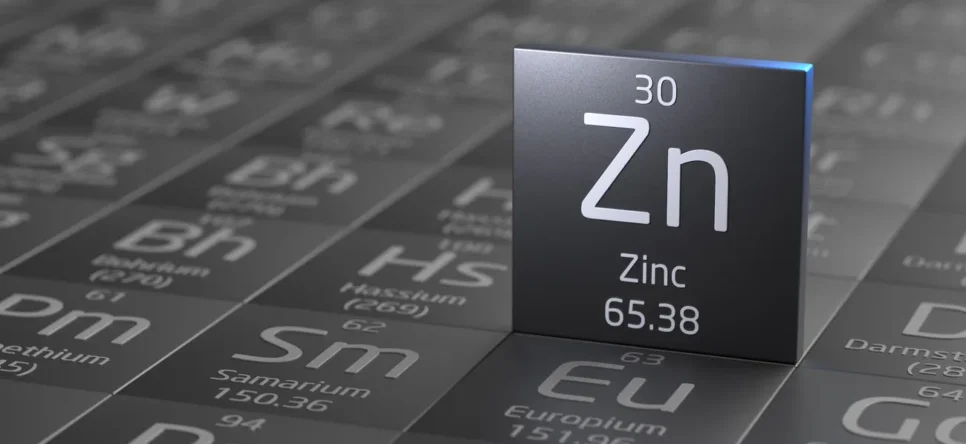
Picture a silvery-blue slab that melts not much above the temperature of a pizza oven and you have zinc, elemental number 30, sitting at the top of Group 12 beside cadmium and mercury. Its hexagonal close-packed lattice and density of 7.14 g cm⁻³ put it in the middleweight class: heavier than aluminium, lighter than copper, easy enough to cast yet strong enough to hold its own in demanding alloys. None of that, though, explains why civil engineers, battery chemists and agronomists are all chasing the same metal. Zinc’s real super-power is sacrificial loyalty.
Bolt it to steel and it willingly corrodes first, throwing up a tenacious zinc-oxide skin that can quadruple the working life of rebar, lamp posts and offshore wind towers. The element’s amphoteric surface chemistry only widens its résumé—think latex activators, transparent skin-care gels and soil boosters for zinc-hungry wheat. Humanity mines around 12–13 Mt of primary zinc each year, yet refined output has stayed stubbornly below 14 Mt since 2021. That mismatch has landed zinc on more than one critical-minerals watch-list and pushed researchers toward zinc-rich batteries, green hydrogen galvanizing and genuine cradle-to-cradle recycling. In short: humble workhorse today, stealth climate enabler tomorrow.
History of Discovery and Use
Roman and Ming brass makers stumbled onto zinc centuries ago, but nobody in Europe managed to bottle the pure stuff until Andreas Marggraf isolated it in 1746 by roasting calamine with charcoal behind sealed walls. Mass adoption followed a near-vertical curve once Stanislas Sorel patented hot-dip galvanizing in 1837. Rust-proof roofs, telegraph poles and water pipes sprang up almost overnight. A few decades later, Luigi Galvani and Alessandro Volta pressed zinc’s reactivity into service for the earliest batteries.
The post-war decades pushed zinc into new frontiers: die-cast trim for the automotive boom, zinc-oxide ointments in every medicine cabinet, and fertiliser blends that cured ‘hidden hunger’ in depleted soils. More recently, R&D money has poured into zinc-air and zinc-ion chemistries aimed at safe, long-duration grid storage; the current chapter is all about decarbonisation—hydro-powered smelters, hydrogen-fuelled strip galvanizing and slag-to-cement upcycling.
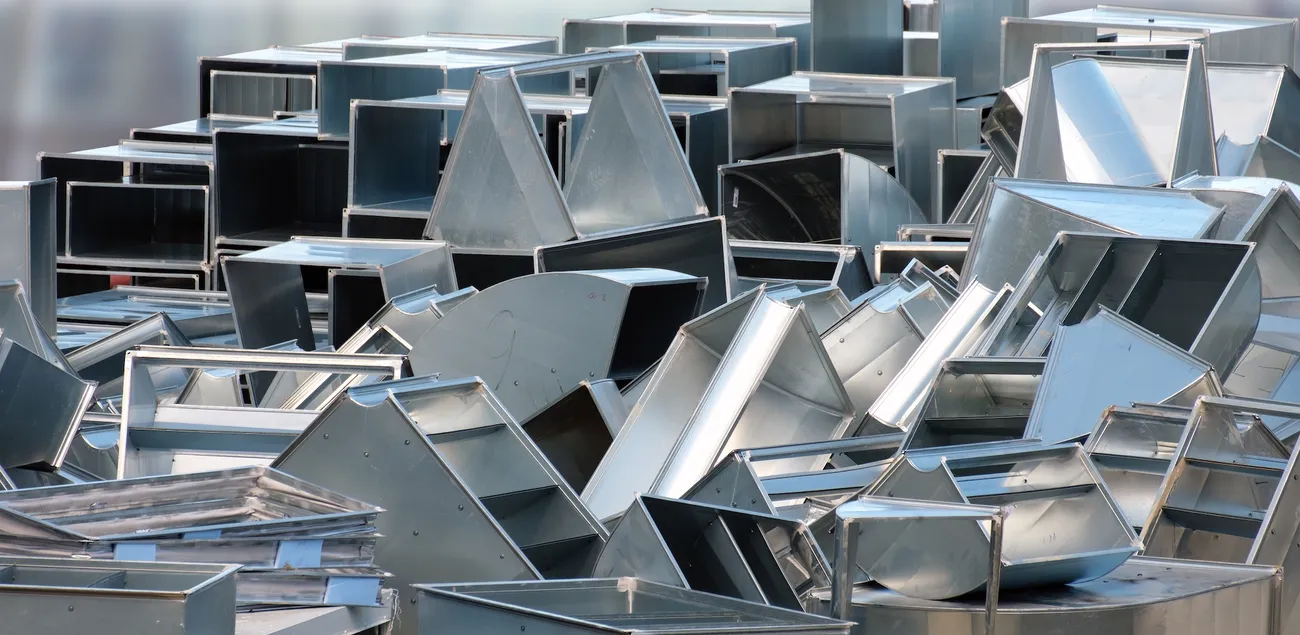
Shutterstock
Global Zinc Production and Supply Dynamics
Mine output finally found a floor in 2024, slipping to approximately 12.06 Mt—down 1.4 percent as grades faded and Europe moth-balled expensive shafts. The International Lead & Zinc Study Group now predicts a noticeable bounce to 12.86 Mt in 2025, largely on the shoulders of restarts at Kipushi in the DRC and Tara in Ireland. China still rules the roost, delivering roughly one-third of new ore last year, trailed by Peru, Australia, India and the United States.
Concentrate trade has pivoted accordingly: Chinese smelters sucked in a record 2.3 Mt net during the first half of 2025. On the refined side, a 164-kt deficit in 2024 could flip to a 148-kt surplus in 2025—but only if smelters actually secure feed at treatment charges that remain perilously thin. Spot TCs even went negative late last year, forcing miners to pay smelters—an upside-down moment unseen in two decades.
Add sanctions choking Russia’s Ozernoye ramp-up, €120/MWh power in Europe and scrap flows that zig-zag with every energy-price headline, and inventories now cover less than two months of demand. Long term, the greenfield pipeline—ScoZinc, Prairie Creek, Saudi Arabia’s Al-Jalamid—looks shallow, making recycling and productivity gains more than a feel-good option. They’re a necessity.
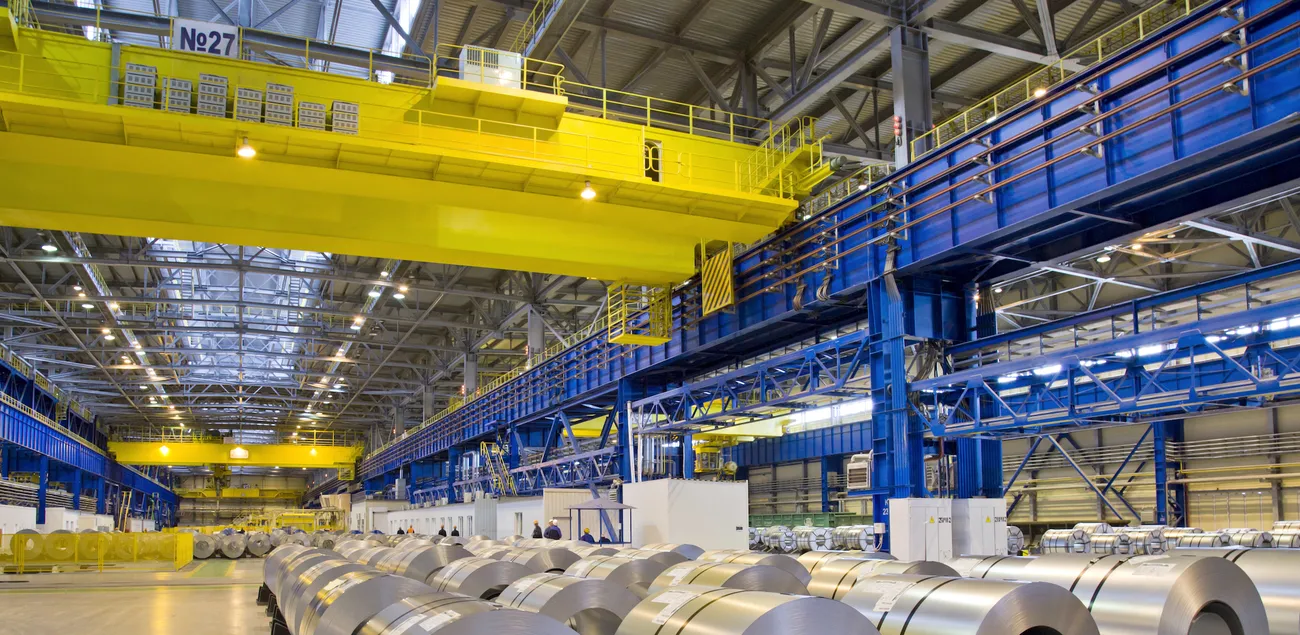
Leading Producer Companies
Major producers
- Glencore (Switzerland/Global) – 905 kt zinc in concentrate during 2024; Zhairem should tack on about 50 kt this year.
- Hindustan Zinc (India) – Rampura Agucha and sister mines yielded 1.095 Mt in FY-25 thanks to aggressive paste-fill.
- Korea Zinc (South Korea/Australia) – Onsan and Sun Metals refineries turned out roughly 827 kt refined metal last year; a new cathode-materials campus lands in 2026.
- Teck Resources (Canada/Peru/US) – Red Dog plus Antamina fed 615.9 kt concentrate in 2024; Trail smelter will trim output in 2025 to shave costs.
- Boliden (Sweden/Ireland) – Garpenberg and Aitik shipped about 350 kt concentrate; Tara aims to restart by Q3-25.
- Nyrstar (Netherlands/Belgium/US) – Budel’s phased restart lifts the group toward 680 kt refined capacity once energy subsidies land.
- MMG (Australia) – Dugald River and Rosebery combined for 220 kt concentrate; a mill tweak should nudge Dugald River to 190 kt in 2025.
- Vedanta (South Africa/India) – Gamsberg Phase II lines up 250 kt extra concentrate by 2026.
Mid-sized players on the move
- Ivanhoe Mines (Democratic Republic of Congo) – Kipushi poured first concentrate in June 2024; guidance is 180–240 kt for 2025 at a jaw-dropping 38 percent head grade.
- Trevali – Rosh Pinah 2.0 (Namibia) – Appian, Solar-powered ventilation could push output up 130 kt by 2026.
- New Century Resources (Australia) – Re-processing tailings at Century, Queensland to add 140 kt by 2026 while erasing a legacy dam.
- Tinka Resources (Peru) – Ayawilca PEA due in 2025 targeting 120 kt per year of 50 percent concentrate with dry-stack tails.
- Titan Mining (USA) – Reviving the Empire State complex in New York, aiming for 60 kt by 2026 under an ESG-linked offtake.
- Vedanta (South Africa) – Gamsberg II – Expansion includes a 60 MW solar farm and paste-fill plant for greener credentials.
Industrial Applications Driving Zinc Demand
Nearly 70 percent of all refined zinc still disappears into galvanizing vats. China’s housing lull has been a drag, yet solar racking, EV-charging gantries and transmission steel for wind power in North America and ASEAN keep the kettles busy. Die-casting claims another 16 percent and is growing as electric-vehicle designers rediscover low-carbon zinc loops; analysts tip that market to hit US$5.36 billion by 2031.
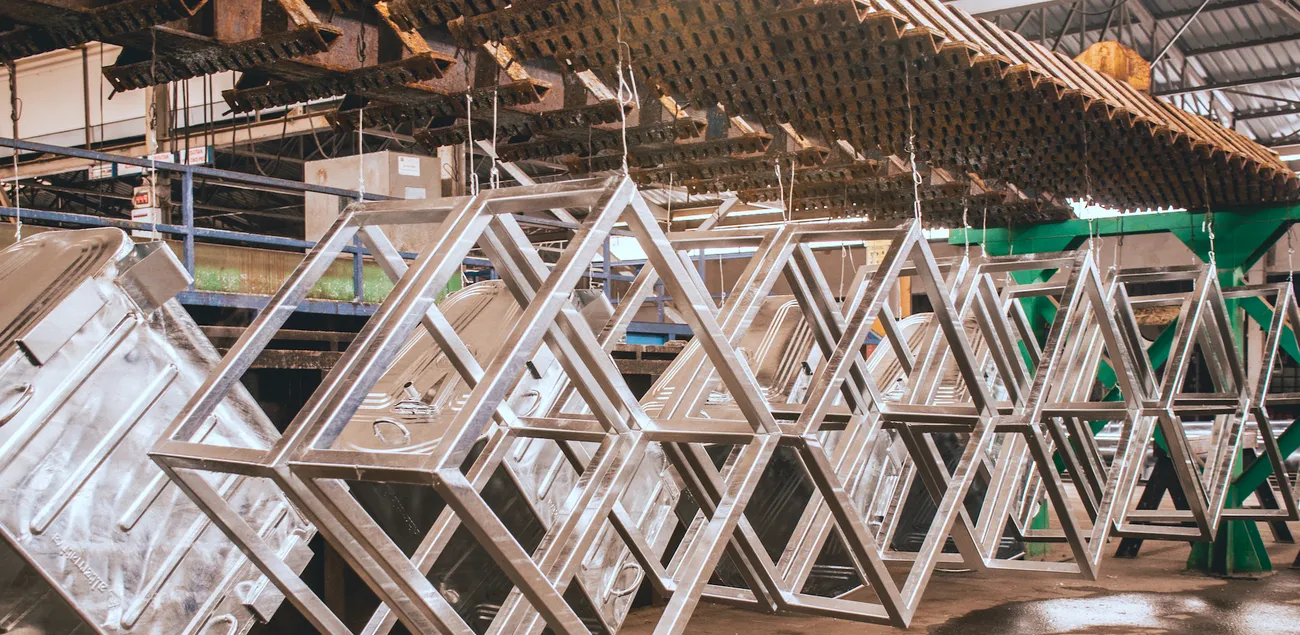
Brass and bronze hover around six percent, buoyed by plumbers shifting back from PVC and marine builders ordering propellers at a brisk clip. Zinc-oxide chemicals—tyre activators and non-nano sunscreen alike—hold another six percent, inching higher each quarter. Fertiliser use is rising even faster: India’s subsidy tweaks lifted ZnSO₄ shipments by four percent in the first half of FY-25. Batteries remain a niche at about two percent, yet zinc-bromine and zinc-ion pilots now total roughly 850 MWh of contracted capacity, promising safe, fire-resistant storage where lithium falters. The rest—coinage, sacrificial anodes for ships and pipelines—makes up the tail.
Zinc Market Analysis and Price Trends 2025
Cash zinc on the LME closed at US$2,677 t on 17 July 2025, a two-month low that nonetheless sits 15 percent above the marginal cost curve. Analysts put the full-year average near US$2,895 t, a gentle four-percent lift over 2024. Official models hint at a 150-kt surplus, yet smelters are still starved for concentrate: spot TCs in early July lingered around US$35 t CIF China, barely half the new benchmark and miles below break-even for integrated refineries. Futures tilt into a mild contango that assumes Russia’s Ozernoye stays slow and Europe’s smelters keep one eye on winter electricity bills. Add a twitchy macro backdrop—each one-percent move in the dollar index shifts zinc roughly US$40 t—and you have the ingredients for a choppy ride.
Investment Opportunities in Zinc
U.S. reshoring has widened Midwest premia past US$250 t, a gift to domestic recyclers and toll refiners. Over in Asia, a brewing family showdown at Korea Zinc could unlock a tidy battery-materials spin-off, handing investors a pure-play zinc-nickel cathode story tailor-made for Inflation Reduction Act credits. In Europe, low-carbon galvanizing already grabs premiums above US$80 t under CBAM trial runs, spotlighting hydro-powered smelters like Boliden Odda and Nyrstar Hobart.
Junior miners offer torque: Ivanhoe’s Kipushi, Appian’s Rosh Pinah 2.0 and Tinka’s Ayawilca all clear 25-percent IRRs at a 2,700-dollar zinc price. On the paper side, traders can reach for LME three-month futures, the CME Mini-Zinc contract or thematic vehicles like the Global X Critical Metals ETF. Risks? Faster scrap collection, aluminium creep into die-cast housings, a backlog of mines poised to restart in 2026, and currency swings—each one-yuan drop can knock Chinese demand by 20 kt.
Future Outlook
Even with Kipushi, Ozernoye and Al Masane entering the mix, global mine supply is unlikely to break 13.3 Mt before 2028. Concentrate shortages plus ESG-driven closures mean refined output may top out near 15 Mt by 2030, barely ahead of demand if hydrogen pipelines and offshore wind towers roll out on schedule. Wind capacity is projected to triple by 2030—good for an extra 2 Mt of zinc.
Battery demand could be the wild card. Should aqueous zinc-ion chemistries hit cost and cycle-life targets, batteries could devour four percent of refined zinc, soaking up virtually every surplus tonne. Barring a spectacular Ozernoye ramp or a full-throttle European smelter comeback, most analysts see prices moving sideways to firm. Policy may speed the shift: Brussels is dangling incentives for secondary zinc under its Critical Raw Materials Act, and Beijing wants scrap utilisation up to 60 percent by 2030 from today’s 37 percent.
Frequently Asked Questions (FAQ)
Why is zinc vital for galvanized steel?
It corrodes first, forming a self-healing barrier that protects the underlying steel for decades.
Which countries mined the most zinc last year?
China, Peru, Australia, India and the United States topped the 2024 league table.
Who leads global production in 2025?
Glencore, Hindustan Zinc, Korea Zinc, Teck, Boliden, Nyrstar, MMG and Vedanta head the pack.
How much zinc goes into a megawatt of offshore-wind capacity?
Roughly 2.5 tonnes for tower and foundation galvanizing.
What’s the current market balance and why does it matter?
A forecast surplus of about 150 kt could soften spot premia and treatment charges, impacting miner margins.
Are there zinc ETFs or futures?
Yes—LME and CME contracts plus thematic ETFs like Global X Critical Metals offer investor exposure.
Is recycled zinc as good as virgin metal?
Chemically identical; availability, not quality, is the limiting factor.
What could cap prices over the next five years?
Rapid scrap recovery, aluminium substitution, or a smooth Ozernoye ramp could all temper rallies.
